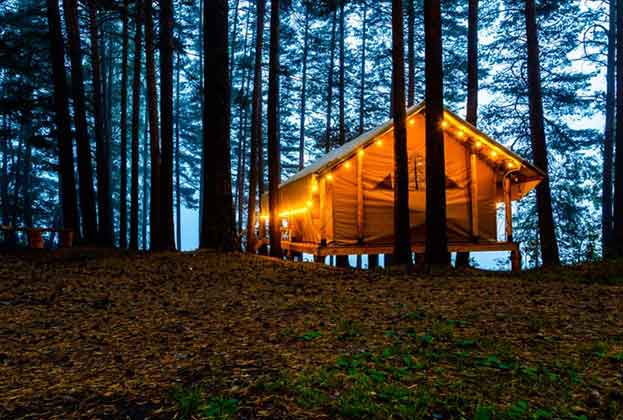As essential part of estate management is managing trees and a health check that can often involve a detailed tree survey is common practice.
Why do estates need to do tree surveys?
Landowners have a duty of care to manage the risks associated with trees on their land and a survey is a good starting point. It’s a bit like keeping a house in good repair: if you keep on top of it, you can do the work little and often and you don’t end up with a large bill in the future.
Which trees should be surveyed?
Trees which have the potential to cause harm to people or property are the most important to focus on. This includes those within falling distances of public roads, access tracks, public rights of way, those on rented properties and close to third party boundaries. It is about identifying any hazards, looking at the potential risk and dealing with this in a timely manner.
How often do surveys need to be done?
It depends very much on the state of the woodland, where the trees are and even on what insurers ask for. We have one client whose public liability insurer wants a survey carried out annually and a map provided to show which areas we’ve covered in our survey. Each estate has a bespoke surveying schedule.
And what is it you’re looking for?
We look for a range of things that could be dangerous – for example, broken branches, extensive deadwood over a road, unstable rooting or fungal infection such as inonotus hispidus, which affects ash trees and can cause decay.
What happens as a result of a survey?
As part of the survey we come up with a programme to manage the trees and any hazards identified, as well as a monitoring programme for specific trees if necessary. For example, if we identified a large mature beech tree that was showing signs of reduced vitality, we would recommend monitoring the tree so any further decline could be quickly identified. Then, if the tree didn’t decline further and the symptoms disappeared, we would have avoided carrying out unnecessary work. Our aim is to create as healthy a tree resource as possible.
Further information
For advice, contact Savills Rural Estate & Property Managment
.jpg)
.jpg)

.jpg)
.jpg)
.jpg)




